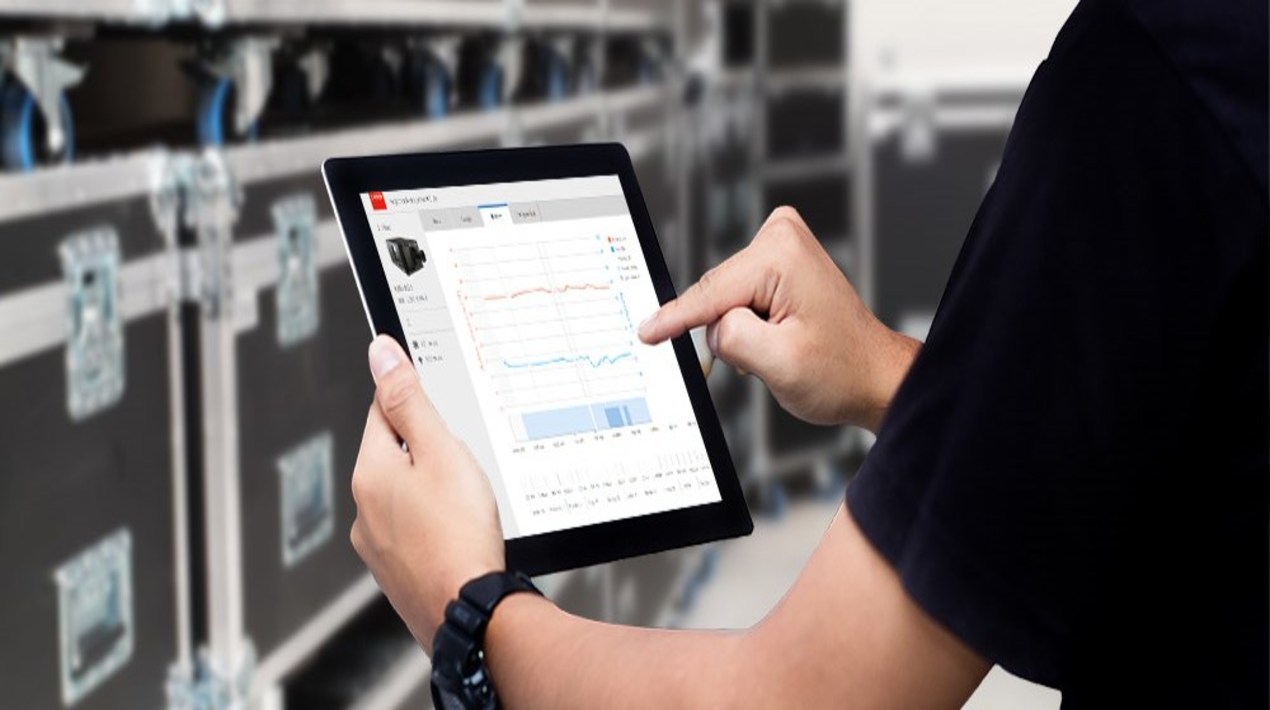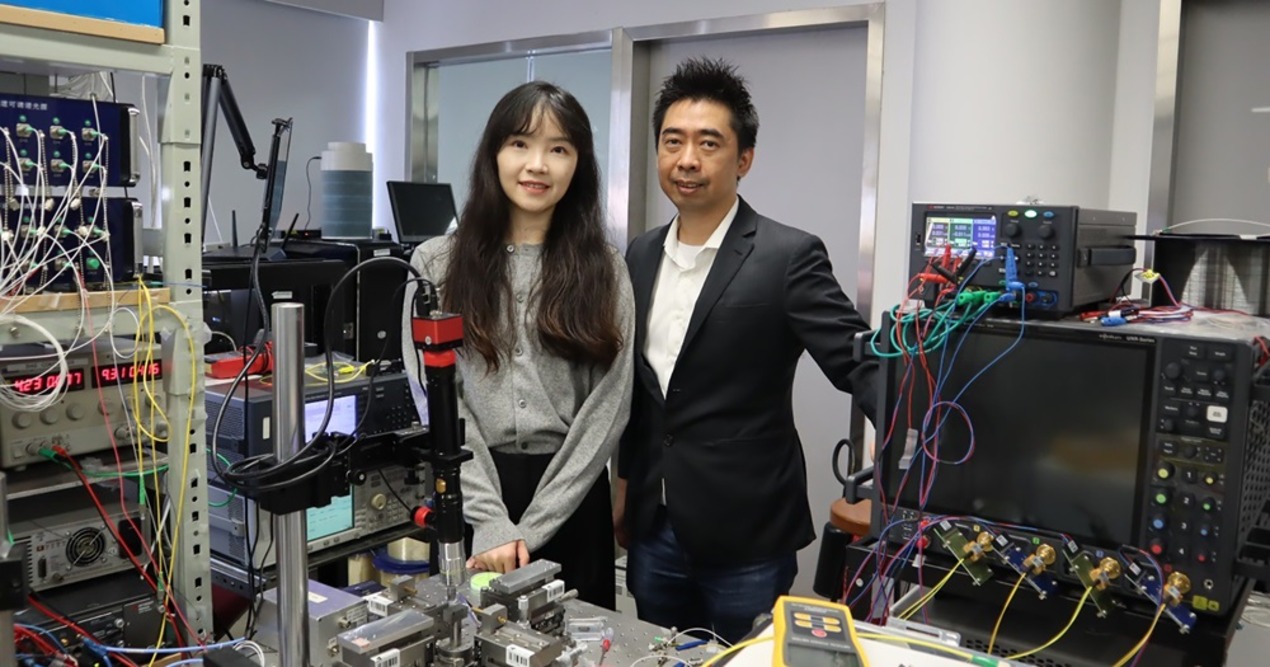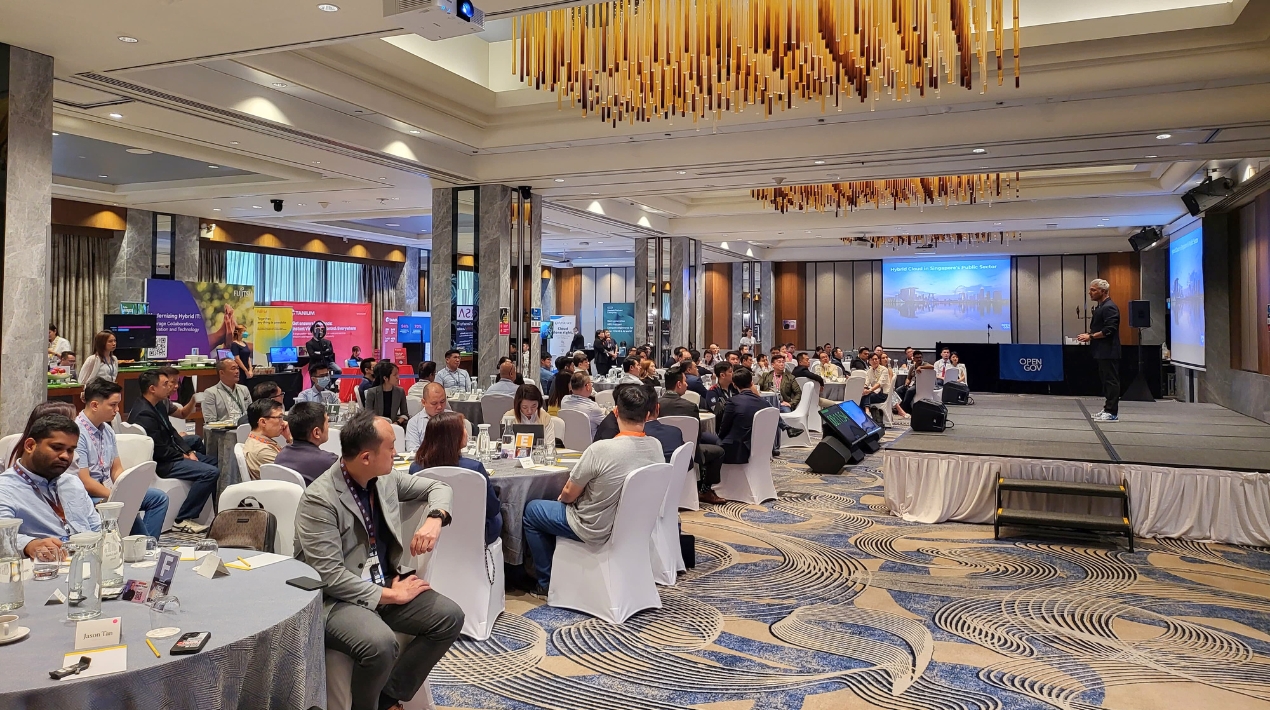
Local or on-premises software solutions run on a local network, an on-premises PC or a physical server with hardware to run and store your data. Cloud software solutions, on the other hand, refer to an online solution owned by a third party that allows you to access the software wirelessly using the Internet. In this case, the data collected by the “things” on the Internet of Things is pushed to the cloud environment where it is being stored and analysed. In short, it is where the “smart” processing takes places.
 Kristof Geerkens is an experienced Product & Solutions Manager with a demonstrated track record in the telecommunications & ICT industry. He has deep expertise in different domains like fleet management software, IPTV, Digital Signage, Cloud, Storage and Backup solutions, Data Centre, IT Strategy and Wholesale. In his current role with Barco, he is responsible for helping clients bring efficiency, reliability and flexibility with Barco’s connected projector solution: ‘Projector Management Suite’.
Kristof Geerkens is an experienced Product & Solutions Manager with a demonstrated track record in the telecommunications & ICT industry. He has deep expertise in different domains like fleet management software, IPTV, Digital Signage, Cloud, Storage and Backup solutions, Data Centre, IT Strategy and Wholesale. In his current role with Barco, he is responsible for helping clients bring efficiency, reliability and flexibility with Barco’s connected projector solution: ‘Projector Management Suite’.
Cloud vs. on-premises: key differences
BYOD and hybrid work
The greatest strength of cloud technology is that it allows you to easily access your solution anywhere and from any device with an internet connection. With the Bring Your Own Device (BYOD) idea on the rise, most businesses want to be able to easily share information across devices – in the office or in the field. And the 2020 ‘home office’-trend, has certainly pushed the needle for technologies that enable remote work and hybrid solutions. Cloud services and remote access to your tools also brings the opportunity to move fast and react immediately when needed. It means fewer travel hours, saving you considerable time and money.
Infrastructure and costs
For some applications, local solutions mean a significant investment in hardware (e.g., a rack or server room/closet), a challenging setup of the network with lots of cables and switches, and dedicated IT support. In addition, with on-premises servers and systems, you are responsible for maintaining the hardware, software, data backups, recovery, etc. These additional maintenance expenses could easily be forgotten but should always be considered in your final calculations.
Cloud solutions require less (to no) upfront infrastructural costs, and you don’t have to pay high energy bills to power on-premises infrastructure. The solutions are often on-demand, which also makes them more scalable for the future. You only pay for what you need/use with regular fixed payments (OPEX principle), and based on the analysed data, predictive support and maintenance services can be scheduled when necessary.
Reliability and data recovery
There is no Internet-of-Things without the internet of course… So, one important element for cloud solutions is reliable internet connectivity. If the Internet goes down on your side or on your cloud provider’s side, you will not have access to any of your information. With on-premises systems, you do not rely on internet connectivity or external factors to access your data. Nevertheless, local architecture also relies on many links in a communication chain to move data from the physical world of our assets into the digital world of information technology. Each link in that communication chain is a potential point of failure.
In addition, local solutions may be more susceptible to data loss during disaster situations due to their in-house location. There are no recovery guarantees. With your data backed up and stored in the cloud, you do minimise data losses in unfortunate events.
Cybersecurity and privacy
Finally, we need to tackle the concerns on data privacy and potential data security breaches with IoT and cloud-based solutions. It is true these aspects should be treated as a great priority in the development and adoption of IoT devices and services.
Relying on local solutions entails that your data, hardware and software platforms are all yours. It keeps critical and sensitive data in-house. But in the end, even local solutions/infrastructure can be hacked…
And did you know that most cloud data centres employ such high-standard security measures, they are reaching beyond the affordability of most businesses? So, in fact, in some cases, your data might be safer in the cloud than on a server (or a PC) in your offices.
Barco Projector Management Suite: a cloud-based IoT platform for remote projector management
Now which one’s best for IoT applications: cloud or on-premises? As always, there is no one-size-fits-all solution, with each its pros and cons. But there are clearly some substantial benefits in cloud connectivity for many IoT use cases. For our remote projector management system, Barco Projector Management Suite, we’re convinced that the benefits of a remote solution answer some of the most important requirements of our AV partners and customers.
Our (IoT connection) Projector Management Suite platform is built to facilitate remote asset management. Monitor, diagnose and control – anywhere and anytime. The Management Suite dashboard gives real-time information on the operating and environmental conditions of the projectors for effective device analysis and proactive maintenance. You have all the tools available for prompt remote assistance before the projector even gets the chance to break down. It minimizes the downtime of your equipment, lowers time-consuming back-and-forth communication and eliminates unnecessary travel costs.
What is more, by using the Projector Management Suite API, the data can easily be combined with your own tools and current processes. And to conclude, we kept a very close eye on the security of our IoT solution to deliver a safe and worry-free platform. Be safe thanks to the encrypted communication and turn off connectivity at any moment in the device settings. You are in control! You can find more on the topic of security in this whitepaper.
Barco’s Projector Management Suite is available for our UDM and UDX series and is based on a subscription model with three levels: Monitor, Diagnose and Control. The first-level “Monitor” is automatically included for free in the purchase of your UDM or UDX projector for the first 2 years of usage (after registration). You can upgrade and extend your subscription whenever you want to benefit from the extra functionalities each level has to offer. You choose the package that serves your needs and budget.
Learn more about this revolutionary Projector Management Suite platform here.





















